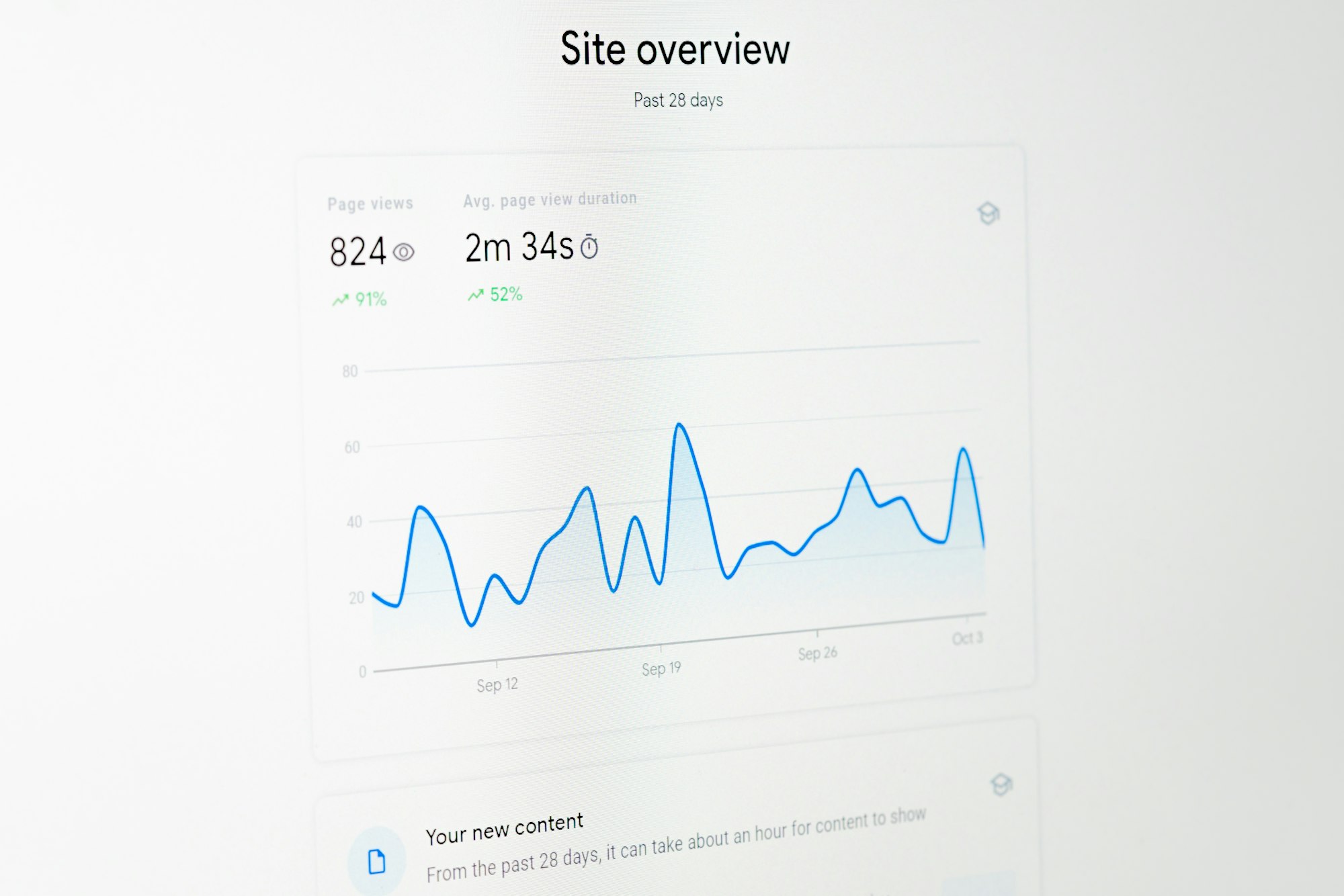In e-commerce, especially in DTC business, understanding the customers is the key to overcoming the wrench, and analytics is not only about making good business decisions; it provides information in a way that best suits decision-makers.
They usually read product/company reviews from Trustpilot before placing an order to quickly compare prices between online stores or understand the value of customer care.
To be the first choice in their mind, you should provide an exceptional shopping experience and an outstanding service covering the gap on what your competitors don't provide yet.
Only one thing will help you do it right: data.
And that’s where ecommerce analytics come in.
What is e-commerce analytics?
E-commerce analytics is gathering data from all areas that impact your online store and using this information to understand the trends and the shift in consumers’ behaviour to make data-driven decisions that drive more online sales.
E-commerce analytics include metrics related to the full customer journey from discovery to acquisition, conversion, retention, and advocacy.
Why are ecommerce analytics so important nowadays?
Both direct and indirect impacts of COVID-19 have forced people to purchase goods online. The evolution in consumer demand and technological innovations will drive growth in global e-commerce sales. According to Statista, the number of people buying goods and services online is expected to reach 2.14 billion in 2021, and the digital buyer penetration worldwide is still increasing to 80%.
The key drivers of success over the next decade will be centred on building a deep understanding of consumers through measurement and analysis.
These topics are related to RFM customer segmentation and signals gathered and sent to marketing advertising platforms.
Data from Deloitte shows that 49% of respondents say that analytics helps them make better decisions, 16% say that it enables key strategic initiatives, and 10% say it helps them improve relationships with customers and business partners.

Based on extensive research involving leaders from numerous global organizations, Deloitte suggests a paradigm shift in decision-making, emphasizing the synergy between human capabilities and technology. This approach can potentially enhance decision intelligence, a burgeoning area of interest for organizations navigating rapidly evolving environments.
Decision intelligence entails leveraging science, technology, and human insights to optimize decision-making processes. Implementing a more systematic approach to decision-making not only holds the promise of creating additional value for organizations but also extends benefits to their workforce and customer base.
The research, which focuses on discerning the distinguishing factors of high-performing organizations, delves into the drivers behind decisions, the cultural influences at play, the mechanisms fostering high-quality decision-making, and how contextual factors shape choices. Furthermore, the study explores how leaders in organizations make decisions and how the quality of these decisions is evaluated.
Data analytics in e-commerce
In today’s complex business environment, data analytics is growing in acceptance and importance. It plays a critical role as a decision-making resource for executives, especially those managing large companies.

Structured Vs Unstructured Data
Structured data are, for example, phone numbers, ZIP codes, currency or dates. It tends to reflect the past, which is great for machine learning forecasting algorithms to predict the probability of a certain event.
Unstructured data reflect mainly the present, and they are, for example, email, social media posts, articles, satellite imagery or sensor data. It may be stored within a non-relational database like NoSQL.
Once the data is collected and normalized, and issues related to data quality that may affect the quality of the analysis are fixed, you're ready to run data profiling processes to ensure the dataset is consistent. It consists in run processes for data cleansing to ensure duplicate information and errors must be eliminated.
The data is now ready for forecasting, prescription and analysis using data visualization tools to discover hidden correlations, patterns, and trends that can be used to drive business decisions.

Blending all sources to analyze User data
Gathering and blending user behavioural data gives you information on browsing preferences along the customer journey and purchasing process as well as throughout the checkout.
Shopping Behavior Analysis — gives you insight on the number of sessions at each stage of the funnel. Starting from the visitors that only view your products, moving to those who add products to their cart, how many initiated checkout, and lastly, how many sessions finish with a transaction. This report gives you a clear picture of how visitors move down the funnel and helps you identify what you can fix to increase the number of transactions.
Checkout Behavior Analysis — this report is similar to the Shopping Behavior report but focuses on the steps included in the checkout process. Using this report, you can easily track how customers behave during checkout and at what point most of them decide to give up.
For a guide to blend data, below a link to the reference:

Benefits of e-commerce data analytics
With enough data, businesses can predict customers' needs and respond quickly by changing or adding products to meet the indicated demand. This can result in a competitive advantage, improved customer experiences, and improved acquisition and retention of new customers. Data analysis boosts revenue by allowing people to make faster and more informed decisions.
Descriptive vs Predictive vs Prescriptive
- Descriptive Analytics uses data aggregation and mining to provide insight into the past and answer: “What has happened?”
- Predictive Analytics uses statistical models and forecasting techniques to understand the future and answer: “What could happen?”
- Prescriptive Analytics uses optimization and simulation algorithms to advise on possible outcomes and answer: “What should we do?”
Descriptive Analytics
Descriptive analysis or statistics does exactly what the name implies: they "describe" or summarize raw data and make it interpretable by humans.
They describe the past
The past refers to any point of time that an event has occurred, whether it is one minute ago or one year ago. Descriptive statistics are useful to show things like total stock in inventory, average dollars spent per customer and year-over-year change in sales.
- Summarising past events such as sales and operations data or marketing campaigns
- Social media usage and engagement data such as Instagram or Facebook likes
- Reporting general trends
- Collating survey results
Predictive Analytics
Predictive analytics has its roots in the ability to "predict" what might happen. No statistical algorithm can predict the future with 100% certainty, but it estimates the likelihood of a future outcome. They can be used to forecast customer behaviour and purchasing patterns and identify trends in sales activities.
They combine historical data from different data sources to identify patterns in the data and apply statistical models and algorithms to capture relationships between various data sets.
Predictive analytics can be used throughout the organization, from forecasting customer behaviour and purchasing patterns to identifying trends in sales activities.
- Efficiency, which could include inventory forecasting
- Customer service, which can help a company gain a better understanding of who their customers are and what they want to tailor recommendations
- Fraud detection and prevention, which can help companies identify patterns and changes
- Risk reduction, which, in the finance industry, might mean improved candidate screening
- Recommendations – predicting customer preferences and recommending products to customers based on past purchases and search history
Prescriptive Analytics
The field of prescriptive analytics allows users to "prescribe" several different possible actions and guide them towards a solution—these analytics attempt to quantify the effect of future decisions to advise on possible outcomes.
They predict not only what will happen, but also why it will happen.
They use various techniques and tools such as business rules, algorithms, machine learning (ML) and computational modelling procedures. These techniques are applied to data from many sources, including historical and transactional data.
- identifying the best cluster of customers next to payment or the best for upselling

